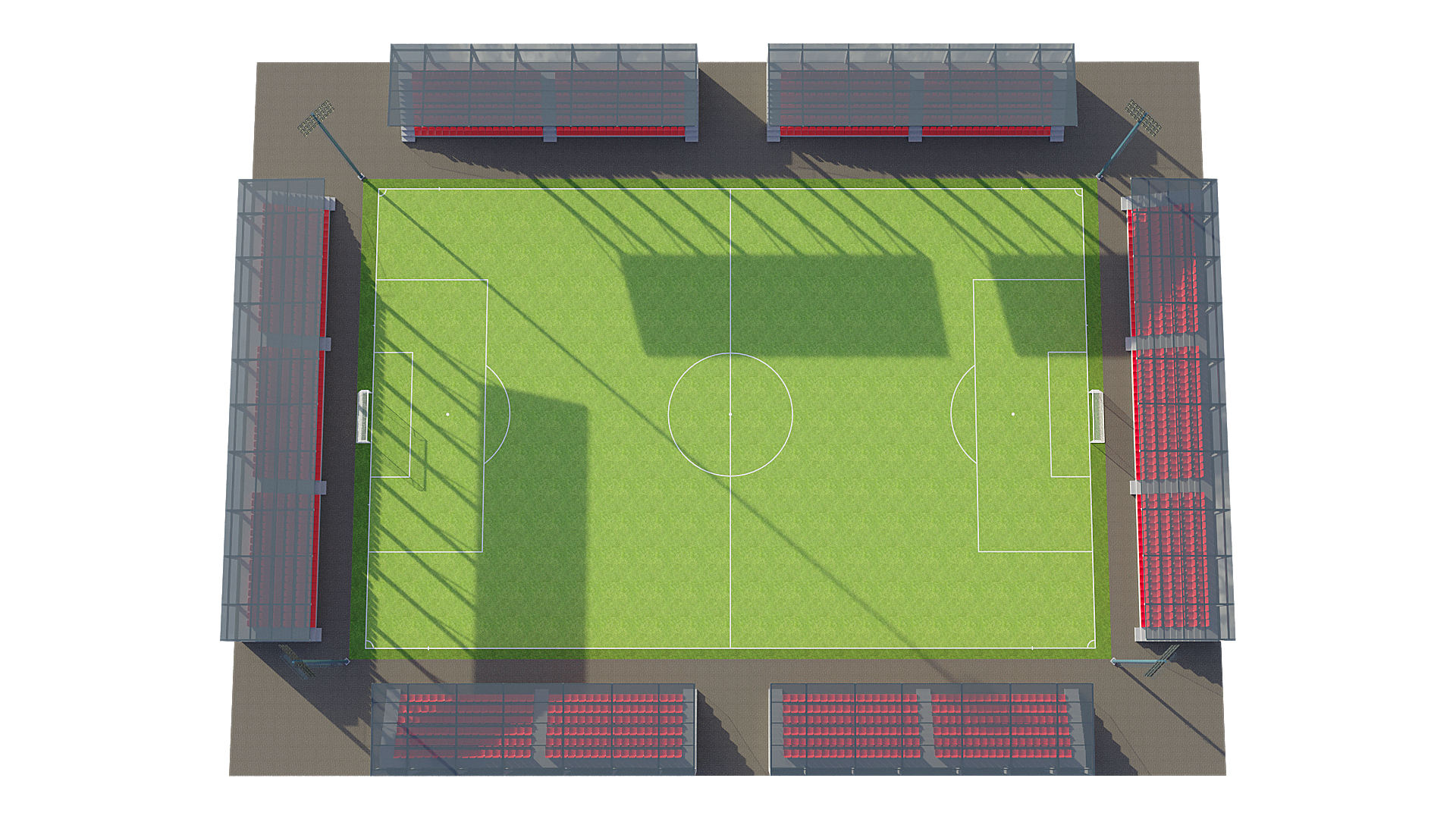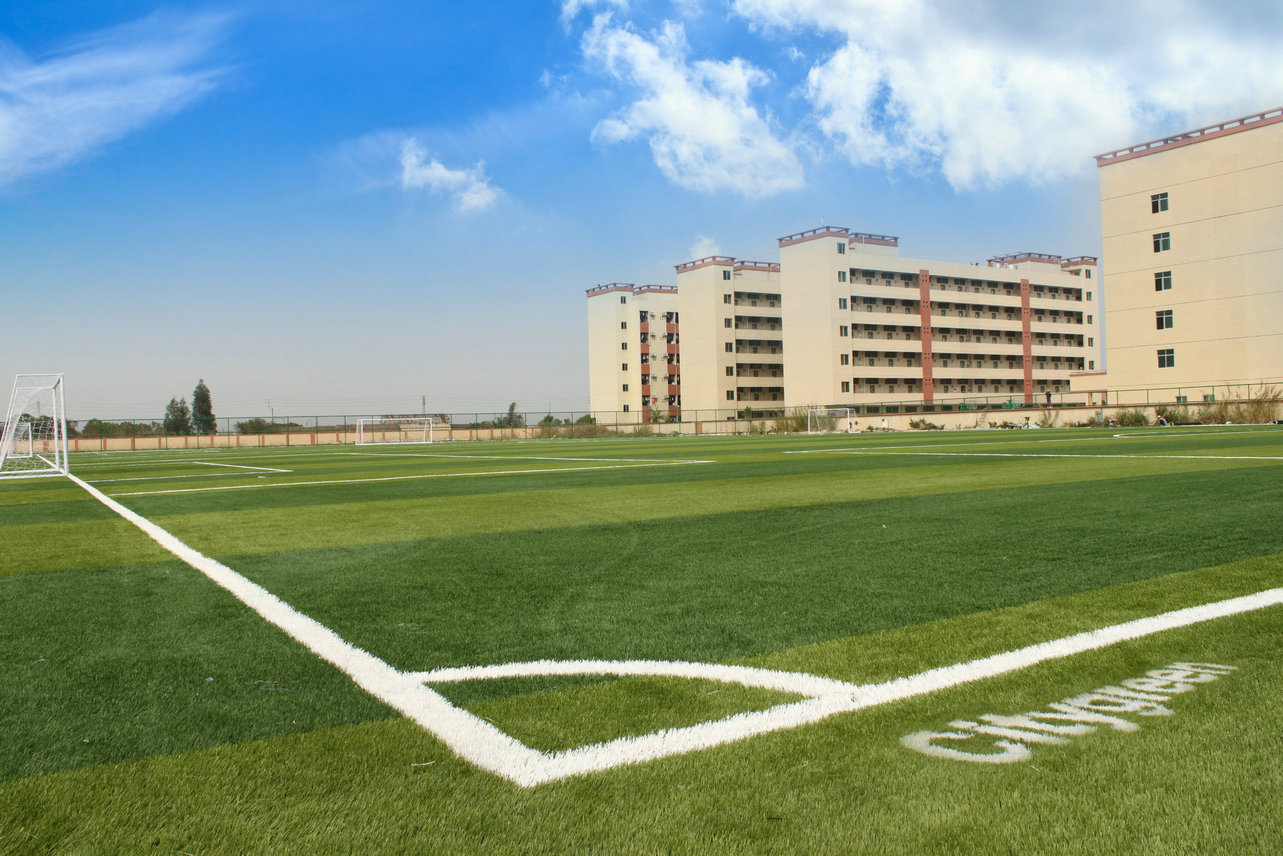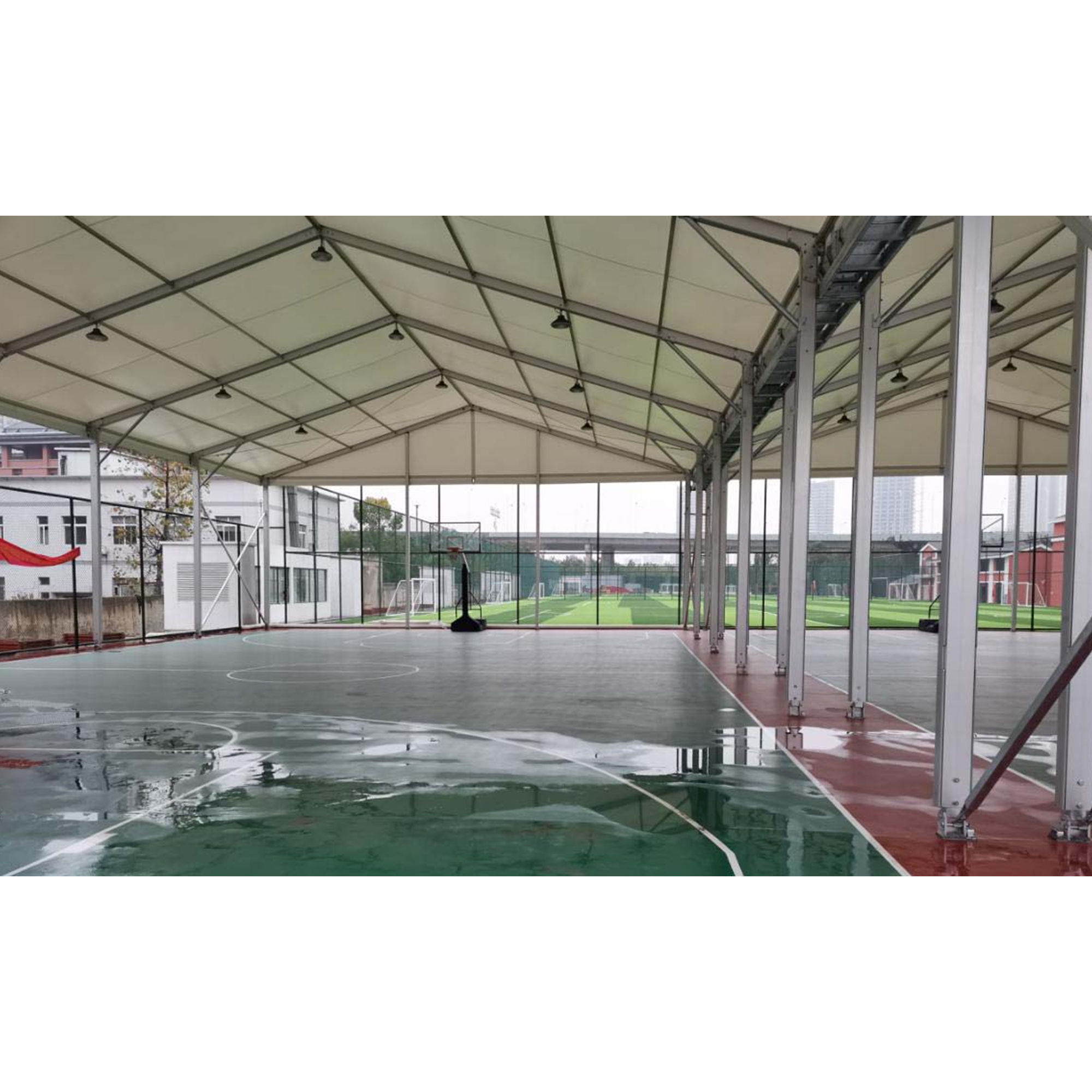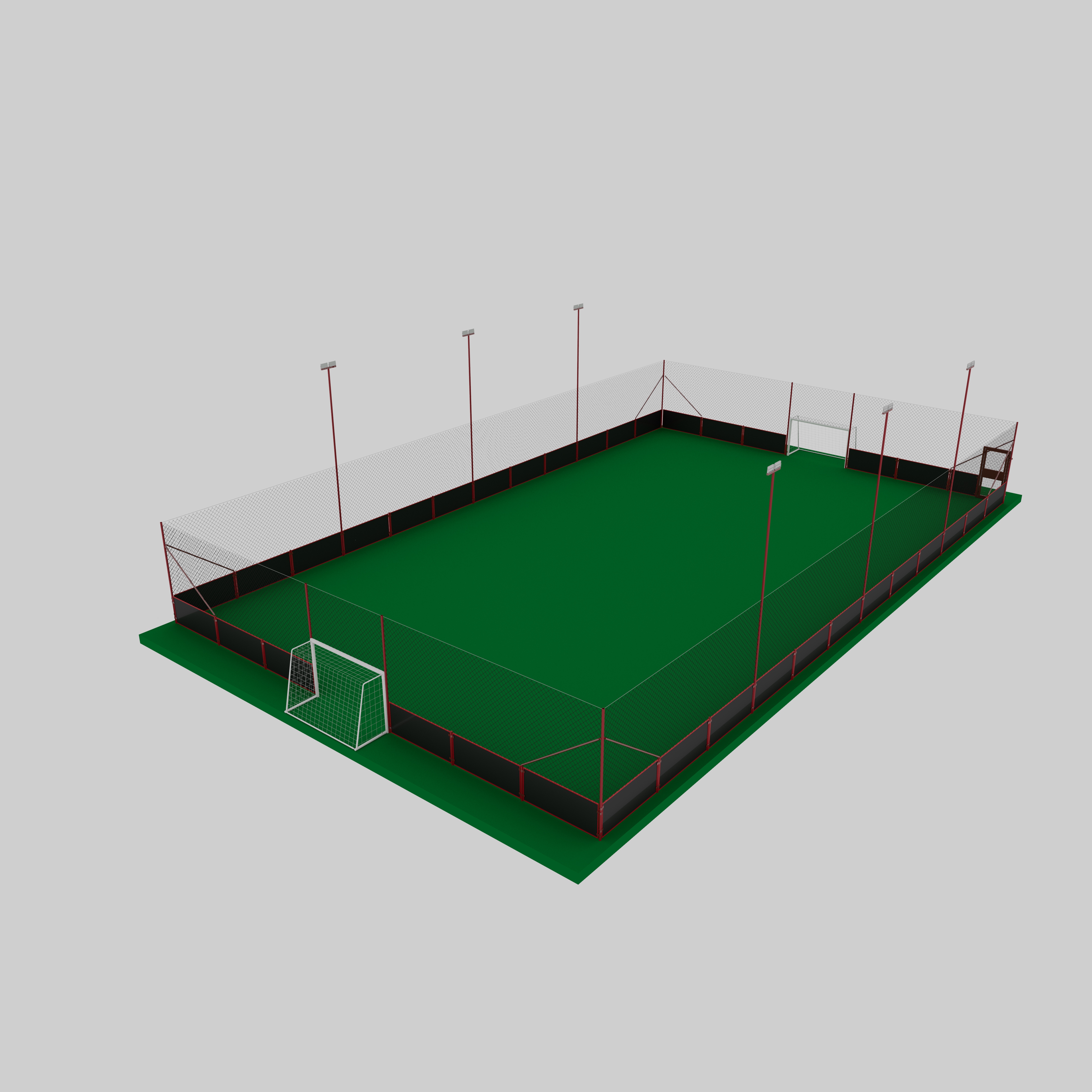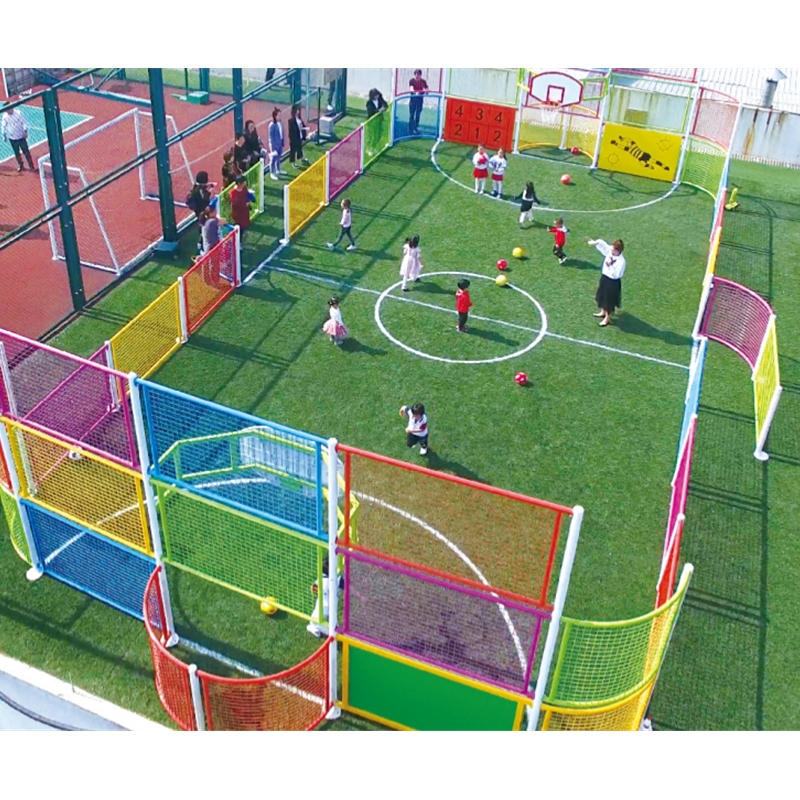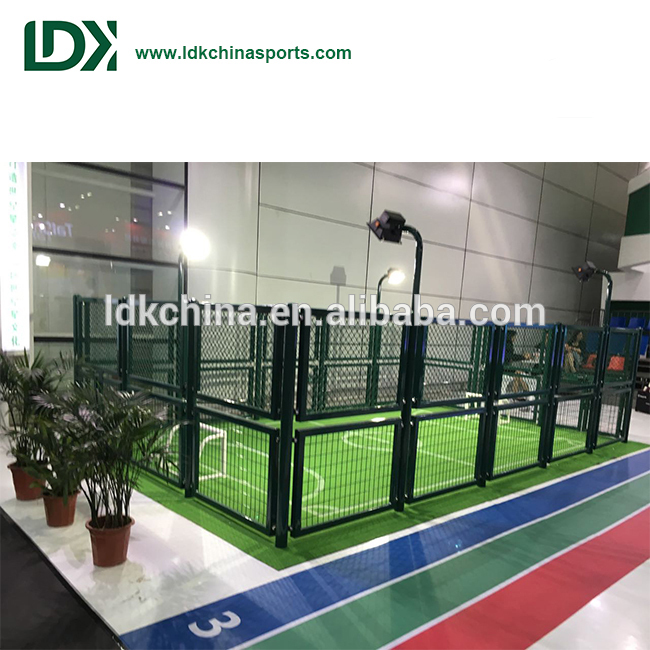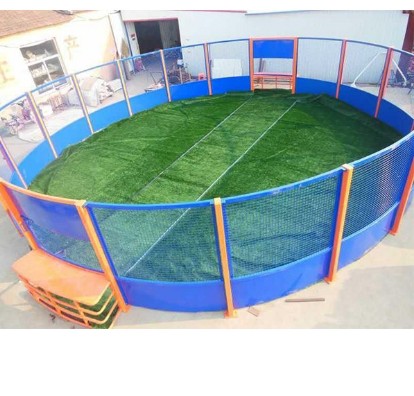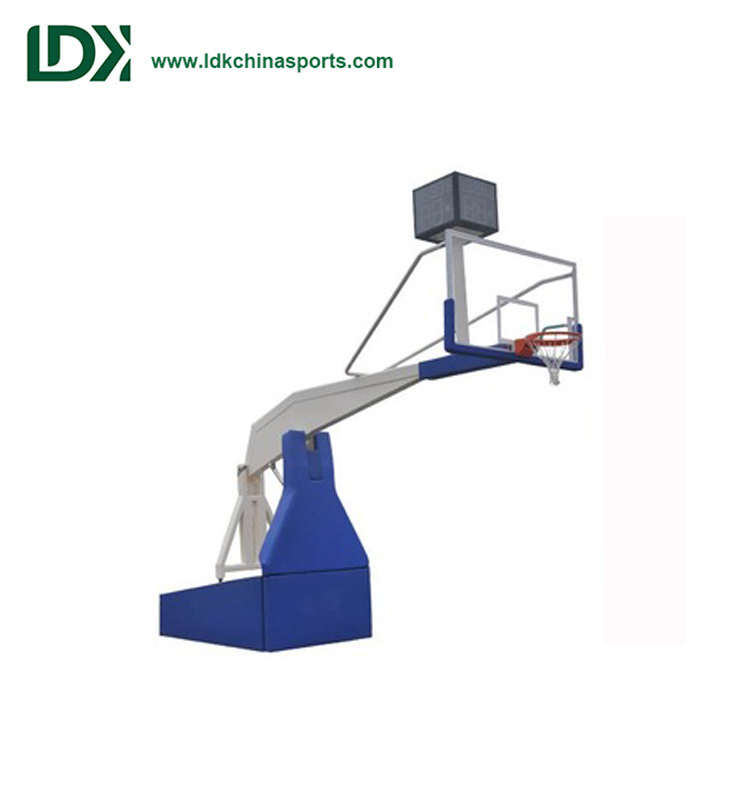Global Demand for Custom Soccer Fields Surges, Reshaping the Sports Infrastructure Market
The global sports landscape is undergoing a fundamental shift as clubs, municipalities, and private developers move beyond standard sports facilities. The specialized market for high-performance custom soccer fields is experiencing unprecedented growth, driven by evolving technological standards and a global focus on community health and elite athlete development.
Leading this transformation are certified manufacturers that combine engineering precision with international compliance. “The era of one-size-fits-all fields is over,” says the project director of a leading Asian sports field materials manufacturer. “Today, from Arizona to Zurich, clients demand solutions tailored to their specific climate, usage patterns, and performance requirements. Our role has evolved from a simple supplier to a technology partner.”
Football soccer goal field steel metal frame soccer cage
Building the Perfect Field: Beyond Turf and Markings
A modern soccer field is a complex, multi-layered system. Its core distinguishing feature is the underground infrastructure, which determines the quality of play, player safety, and long-term durability. Advanced systems integrate sophisticated drainage systems capable of withstanding torrential rains in tropical climates like Mexico; shock-absorbing subbases that meet European safety standards reduce impact on athletes; and reinforced turf is suitable for the high-intensity, multi-game use of American high schools and universities. Certification is no longer just icing on the cake, but a prerequisite for conducting international business. “Meeting EU CE certification standards is just the beginning,” the person in charge added. “We actively seek certifications that can verify performance and safety, ensuring our stadiums meet the stringent technical standards of each target market. This commitment to excellence is key to winning the trust of our international partners.”
Hot Sale Sports Cage Soccer Training Field Football Pitch/High Quality Sports Field Fence
Building the Perfect Stadium: Beyond the Fur and Markers
A modern soccer stadium is a complex, multi-layered system. Its core distinguishing feature lies in its underground infrastructure, which determines the quality of play, player safety, and long-term durability. Advanced systems integrate sophisticated drainage systems capable of withstanding torrential rains in tropical climates like Mexico; shock-absorbing substructures meeting European safety standards reduce impact on athletes; and reinforced turf is suitable for the high-intensity, multi-game use of American high schools and universities.
Certification is no longer just icing on the cake, but a prerequisite for international business. “Our compliance with EU CE standards is just the beginning,” the spokesperson added. “We actively seek certifications that can verify performance and safety, ensuring our stadiums meet the stringent technical standards of each target market. This commitment to excellence is key to earning the trust of our international partners.”
Market Trends Driving Global Demand
Global demand for professional-grade stadiums is surging, but for different reasons:
The United States and Mexico: The increasing popularity of soccer has driven investment in community and school facilities. There is a strong focus on customizable, multi-functional sports fields to maximize the use of public space. The diverse climate of North America also demands specific solutions for conditions such as intense sunlight, high temperatures, or torrential rain.
France and Italy: In these football powerhouses, the construction of youth football academies and club training grounds focuses on creating professional-grade facilities of excellence. The current trend is towards hybrid turf systems, combining the feel of natural grass with the durability of artificial turf to extend training time and ensure consistent training results.
The future is intelligent and sustainable
From domestic R&D centers to construction sites in Mexico, from certification laboratories in Zurich to community stadiums in California, Chinese sports infrastructure companies are responding to the needs of the global market with customized solutions. As football continues to gain popularity worldwide, this technology-driven and demand-oriented service model is not only enabling Chinese companies to gain a foothold in the international market, but also setting a “Chinese standard” for the next generation of sports fields.
Publisher:
Post time: Nov-14-2025

